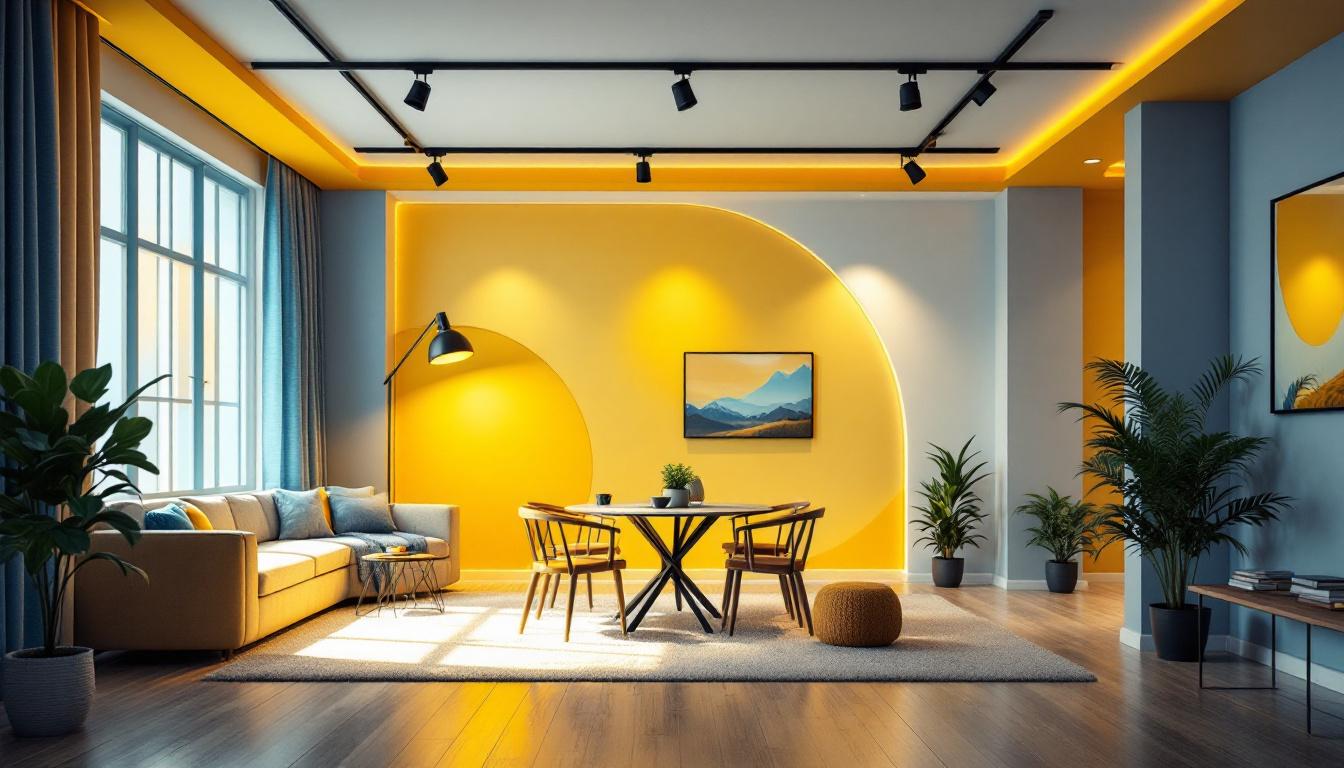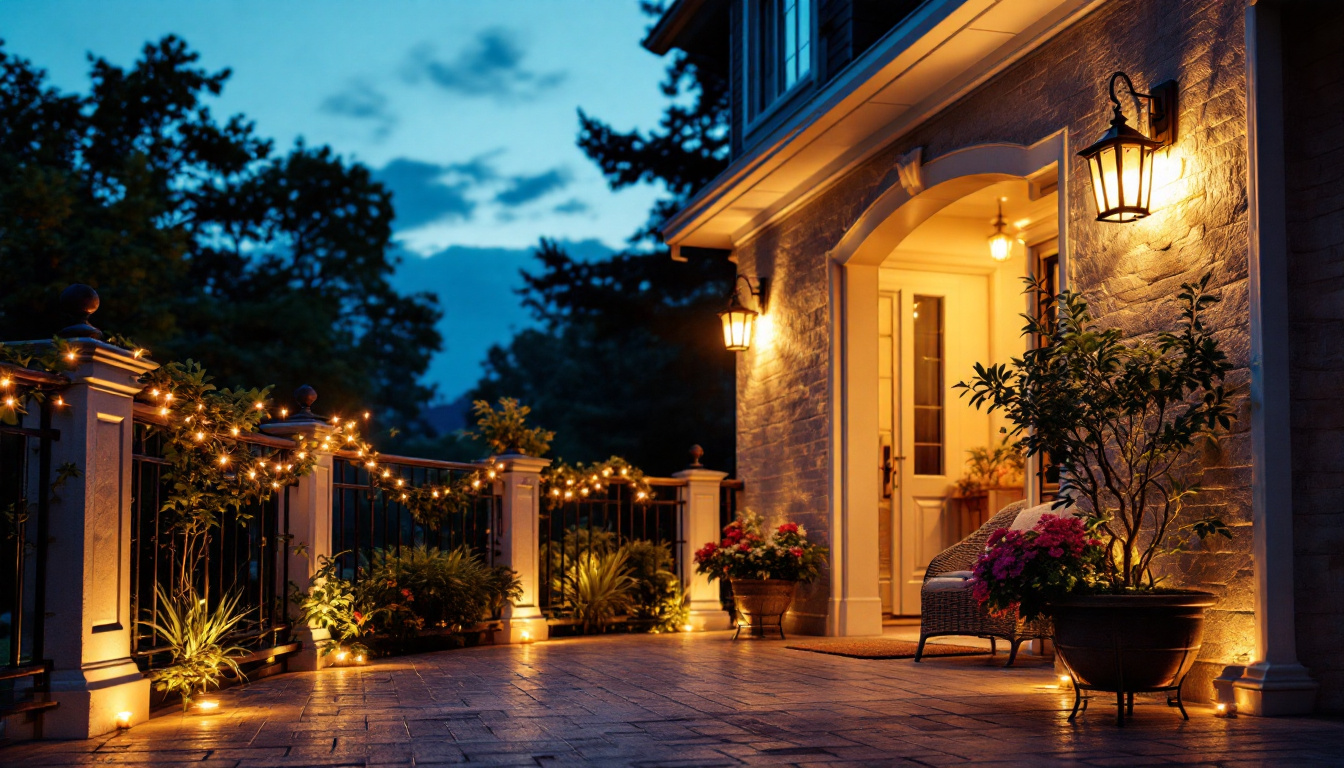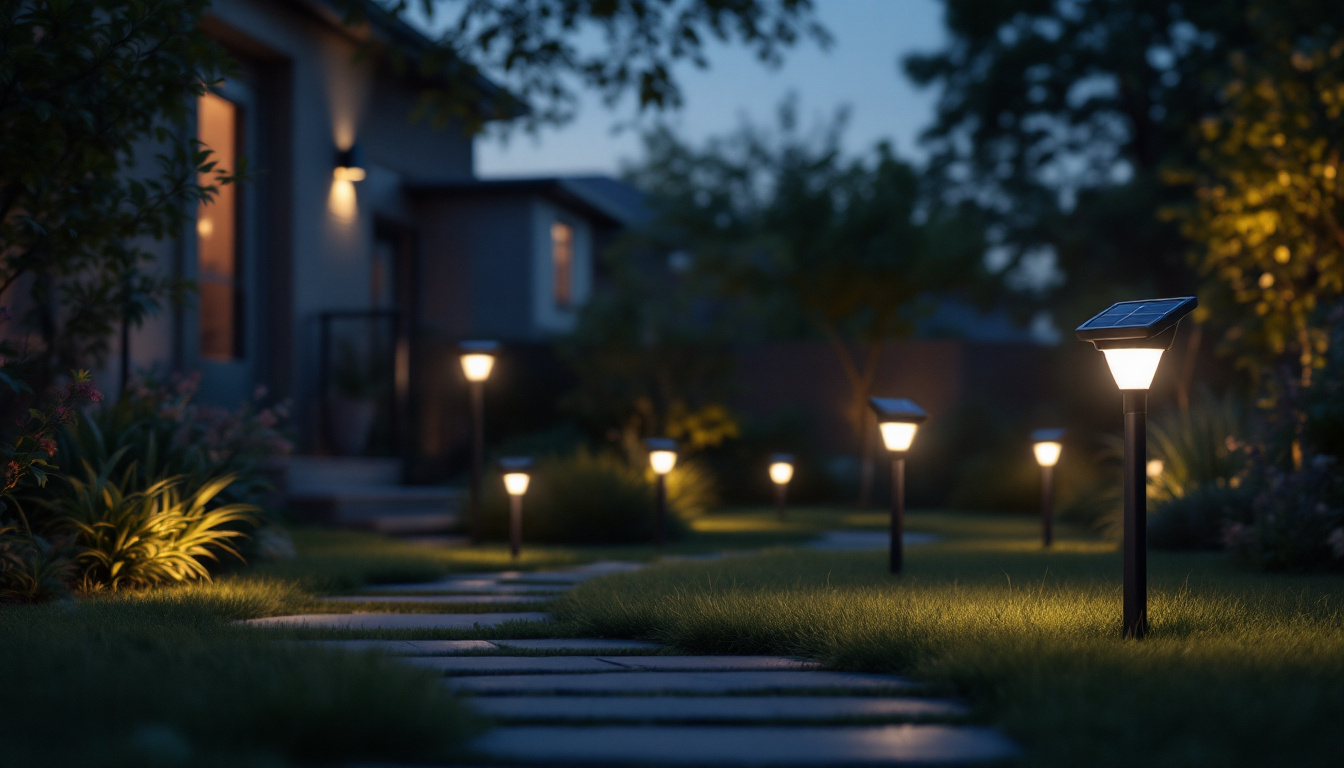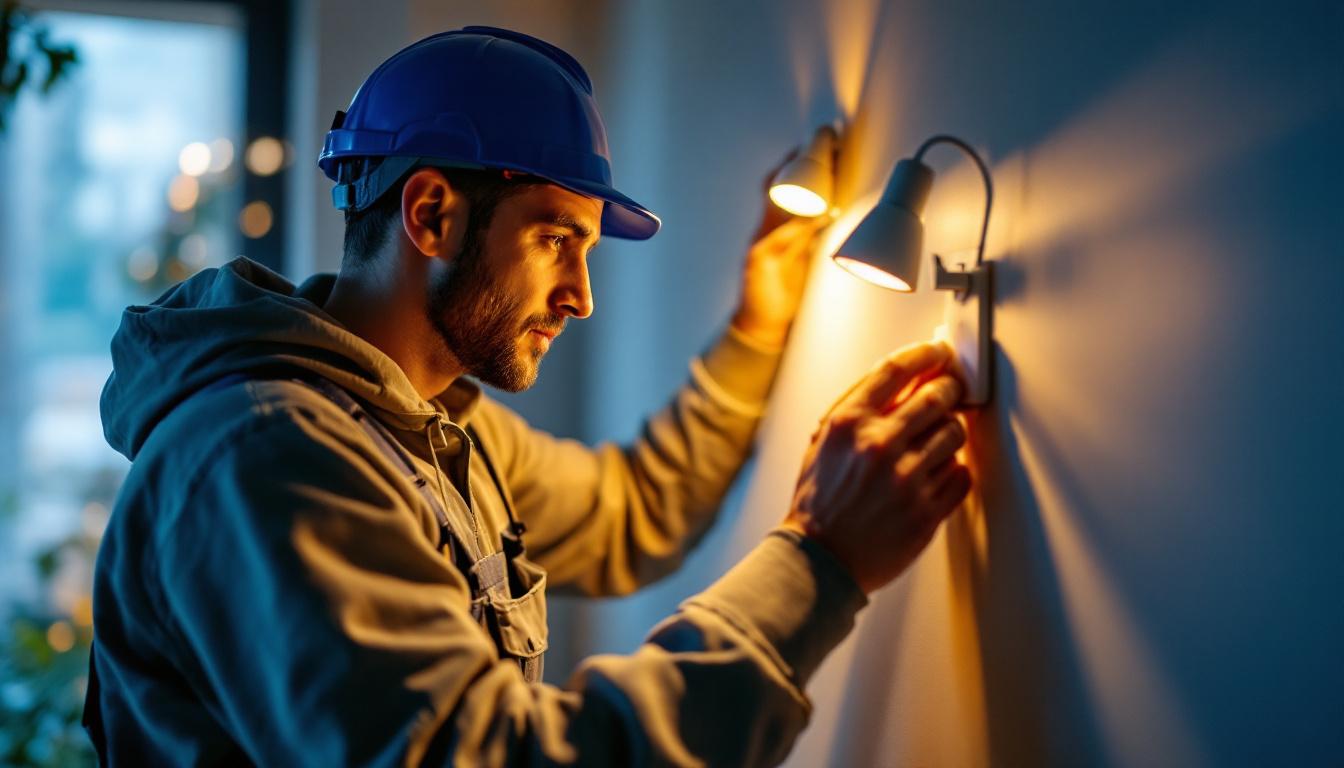
Track lighting has become a staple in modern design, offering flexibility and style that can elevate any space. For lighting contractors, understanding the nuances of track lighting fixtures is essential for delivering successful lighting projects. This article delves into the various aspects of track lighting, exploring its benefits, applications, and best practices for installation.
Track lighting consists of a series of light fixtures that are mounted on a track, allowing for adjustable positioning and direction. This versatility makes it an ideal choice for a wide range of applications, from residential to commercial settings. The track itself can be installed on ceilings or walls, providing an opportunity to create unique lighting designs that enhance the overall aesthetic of a space. The ability to reposition fixtures also means that the lighting can be tailored to suit changing needs, whether it’s highlighting artwork, illuminating workspaces, or creating ambient lighting for social gatherings.
Track lighting systems typically include three main components: the track, the fixtures, and the power supply. The track serves as a conduit for electrical wiring and supports the fixtures, which can be moved along the track to achieve desired lighting effects. The power supply connects the track to the electrical system, ensuring that the fixtures receive the necessary power to operate. Additionally, many modern systems incorporate smart technology, allowing users to control lighting through mobile apps or voice commands, enhancing convenience and functionality.
Fixtures come in various styles and designs, allowing contractors to select options that best suit the project’s theme. From sleek and modern to more traditional designs, the variety available ensures that there is a suitable fixture for every application. Some fixtures are designed with adjustable heads, enabling users to direct light precisely where it is needed, while others may feature decorative elements that serve as focal points in the room. This blend of functionality and style makes track lighting a popular choice among designers and homeowners alike.
There are several types of track lighting systems available, each with its unique features and benefits. The most common types include:
Track lighting offers numerous advantages that make it a preferred choice for contractors and designers alike. Understanding these benefits can help in making informed decisions during the planning and execution of lighting projects.
One of the most significant advantages of track lighting is its flexibility. Fixtures can be repositioned along the track, allowing for adjustments based on changing needs or preferences. This adaptability is particularly beneficial in spaces where the layout may evolve over time, such as art galleries or retail stores.
Moreover, track lighting can accommodate various fixture types, including spotlights, pendants, and floodlights. This versatility enables contractors to create layered lighting designs that enhance the functionality and aesthetics of a space. For instance, in a home setting, track lighting can be used to illuminate a kitchen island while also providing ambient light for the dining area, making it a practical choice for multi-functional spaces.
In an era where energy efficiency is paramount, track lighting systems can be equipped with LED fixtures, which consume significantly less energy than traditional incandescent bulbs. This not only reduces energy costs for clients but also contributes to a more sustainable approach to lighting design.
Additionally, the ability to direct light precisely where it is needed minimizes wasted illumination, further enhancing the system’s efficiency. This is particularly important in commercial settings, where operational costs can be a significant concern. Businesses can benefit from the long lifespan of LED bulbs, which reduces the frequency of replacements and maintenance, thus saving both time and money in the long run.
Track lighting can serve as a design element in itself, adding visual interest to a space. The sleek lines of the track and the variety of fixture designs can complement various architectural styles, from contemporary to industrial. By strategically placing fixtures, contractors can highlight architectural features, artwork, or merchandise, creating a dynamic and inviting environment.
Furthermore, the ability to adjust the direction and intensity of light allows for the creation of different moods and atmospheres, enhancing the overall experience for occupants and visitors alike. For example, in a restaurant, track lighting can be dimmed to create an intimate dining experience during the evening, while being brightened for a lively brunch atmosphere. This adaptability not only enhances the aesthetic appeal but also improves the functionality of the space, making it suitable for a variety of occasions and activities.
The versatility of track lighting makes it suitable for a wide range of applications. Understanding where and how to implement track lighting can significantly impact the success of a lighting project.
In residential settings, track lighting is often used in kitchens, living rooms, and home offices. Its ability to provide focused light makes it ideal for task-oriented areas, such as countertops and workspaces. Additionally, track lighting can be used to create ambient lighting in living areas, enhancing the overall comfort and aesthetics of the home.
Moreover, track lighting can be integrated into design elements, such as coves or shelves, to create a seamless look that enhances the architectural features of the space.
In commercial environments, track lighting is frequently used in retail stores, galleries, and restaurants. The ability to direct light precisely allows businesses to showcase products and create inviting atmospheres for customers. For example, in a clothing store, track lighting can highlight specific displays, drawing attention to new arrivals or promotions.
In galleries, track lighting can be adjusted to illuminate artwork effectively, ensuring that each piece is showcased to its fullest potential. This adaptability is crucial in environments where lighting needs may change frequently.
Track lighting is also an excellent choice for event spaces, such as banquet halls and conference centers. The flexibility of the system allows for quick adjustments to accommodate different layouts and themes for various events. Whether it’s a wedding, corporate event, or trade show, track lighting can be tailored to create the desired ambiance.
Additionally, the ability to incorporate colored or adjustable lighting can enhance the overall experience, allowing for a dynamic atmosphere that can change throughout the event.
Successful installation of track lighting requires careful planning and execution. Following best practices can ensure that the system functions effectively and meets the client’s expectations.
Before installation, it is crucial to plan the layout of the track lighting system. Consider the purpose of the space and the specific lighting needs. Take into account the placement of furniture, architectural features, and any artwork or displays that will require illumination.
Using a lighting design software or sketching the layout can help visualize how the track lighting will fit into the overall design. This step is essential for determining the number of tracks and fixtures needed, as well as their positioning.
Selecting the appropriate fixtures is vital for achieving the desired lighting effect. Consider factors such as the color temperature of the bulbs, the beam angle, and the style of the fixtures. For example, narrow beam angles are ideal for highlighting specific areas, while wider angles are better for general illumination.
Contractors should also consider the aesthetic of the fixtures in relation to the overall design theme. A cohesive look can enhance the space and create a more polished appearance.
Proper installation is key to the performance of track lighting systems. Ensure that the track is securely mounted and that all electrical connections are made according to local codes and regulations. It is also essential to test the system before finalizing the installation, checking for any flickering or inconsistencies in lighting.
Moreover, providing clients with guidance on how to adjust and maintain the track lighting can enhance their satisfaction and ensure the longevity of the system. This includes instructions on changing bulbs, repositioning fixtures, and cleaning the track and fixtures.
Track lighting light fixtures are an invaluable asset for lighting contractors, offering flexibility, energy efficiency, and aesthetic appeal. By understanding the various components, benefits, and best practices associated with track lighting, contractors can deliver successful lighting projects that meet the diverse needs of their clients.
Whether in residential, commercial, or event spaces, the versatility of track lighting allows for creative and effective lighting solutions. As the demand for innovative lighting designs continues to grow, track lighting will undoubtedly remain a must-have for any successful lighting project.
Ready to take your lighting projects to the next level? At LumenWholesale, we provide lighting contractors with the finest selection of track lighting fixtures, designed to meet your project’s every need. Our commitment to quality and affordability means you can access spec-grade lighting at wholesale prices, ensuring your projects shine without straining your budget. With free shipping on bulk orders, LumenWholesale is your go-to source for premium lighting solutions that combine convenience, cost-effectiveness, and high performance. Elevate your lighting designs today by visiting Wholesale Lighting at the Best Value and discover how we can brighten your next project.

Discover the pitfalls that lighting contractors often encounter with overhead lighting installations.

Discover the essential insights lighting contractors need to know about outdoor porch lights.

Discover the top outdoor motion-activated solar lights with our expert review, tailored for lighting contractors.

Discover the key factors that distinguish top lighting contractors when it comes to installing mini LED can lights.